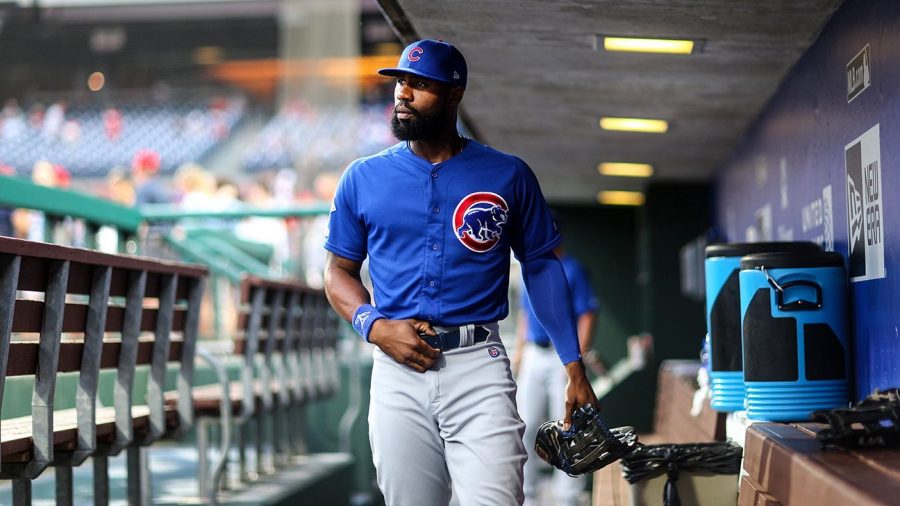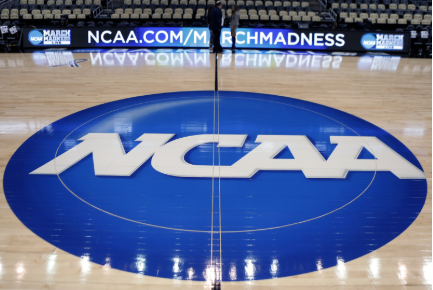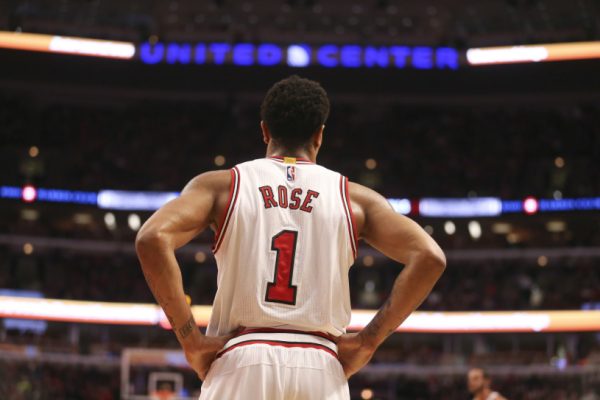The “hidden” problem in the MLB
Major League Baseball, like many professional sports leagues, is not a perfect entity. While the on field play is always improving from year to year and the talent pool is always improving, the MLB has a problem. Few people are talking about this problem, but should be discussed a lot more. This problem is the lack of African American players, managers and executives in the sport. For the sport that was one of the first to break the color barrier with Jackie Robinson in 1946, this is a somewhat shocking claim. There are many layers to this — some are simply subjective, while others can be dealt with right now.
This year, Black History Month holds so much more weight than in years past. There is no questioning the fact that in 2020, the world changed so much. From the Covid-19 pandemic, to the Black Lives Matter protests, life is simply not the same as it was 12 months ago, including society as a whole. Celebrities are seeing their old tweets dug up, exposing racist behavior and brands are facing their systemic wrongdoings. It has become pretty clear that racism in today’s society will not be tolerate, and that extends to the highest level of our society, which are the celebrities. So that begs the question: how does a multi billion dollar organization have an underlying racism issue?
The 2020 season saw a lot of firsts on the field — Namely, the first time there were no fans in the stadium and the first time the World Series was played in a neutral location, among others. Another big first was the first time the Black population in the MLB has dipped below 8% since the 1980s, according to an MLB diversity study. In 2020, a mere 7.7% of players came from African American lineage, and this percentage has gone down just about every year since the start of the century.
In the 1990s, 19% of players in the MLB were Black. Players like Reggie Jackson and Don Newcomb were seen as role models, and youth participation soared across the country. Since then, there has been such a steep decline that it is hard to remember just how popular baseball was in the African American community just 30-40 years ago.
The question remains, why was there such a severe dropoff in Black baseball players? The answer has multiple factors. The simplest answer is that the game was no longer cool. Players like Ken Griffey Jr, one of the greatest African American baseball players ever, dominated the 1990s. He set record after record, and had so much fun doing it. His smile was infectious, and everyone wanted to hit home runs with a backwards cap like Griffey did at the 1993 Home Run Derby. The problem is the fact that no one has been able to come anywhere near his level of popularity. During this time period, Michael Jordan had his respective career in the NBA, which many people in urban areas watched during the 90s. Instead of players growing up watching baseball, they grew up watching basketball and trying to “Be like Mike.” The MLB was actively falling behind, and they knew it. They tried to bring more excitement to the game. To their credit, it has worked, but in some senses, it was too little, too late.
The second issue is a more discreet one. The MLB, for the longest time, had individuals that can be nicknamed “old heads.” This is a term that refers to the fact that some of the older members of the baseball community treated Black players differently, and this racism soured a lot of Black players from the game. These players who might have been treated unfairly by management or the press left the game in the rearview mirror after retirement instead of going into broadcasting games or managing, like many former players. This means that the next generation will have no role models who are managing or being executives. This continues that snowball effect: Black youth don’t see any Black players or managers when they watch games on TV, they see Black players in other sports and they play the other sports to be like their role models and enter a more welcoming community.
Finally, the third issue is more of a two fold issue. The MLB has had a longstanding issue when it comes to marketing their players. Mike Trout, the undisputed best player in the League, is pretty noticeable compared to the likes of LeBron James and Tom Brady, the best players in the NBA and NFL. The MLB does not market their players, for whatever reason, and have lost a golden opportunity to provide the Black community with an opportunity to see that baseball is a fun sport to watch and play. Tim Anderson, shortstop for the Chicago White Sox, won the batting title in 2019. As a member of the Black community, he could be used in the same way players like Griffey and Hank Aaron were used before him: as a role model to all the kids watching the games. Anderson has done a great job marketing himself to his community, but the MLB has a bigger audience, and if they were to help a little more, it could make a huge impact.
Maybe, this issue does not entirely fall upon the MLB, some of it can be traced back to the fans. Recently, Black players have gone on record saying that they are littered with racist comments by fans, and also held to a different standard. For example, former Baltimore Orioles centerfielder Adam Jones said that when playing in Boston, “I heard a lot of racial slurs thrown my way… I think that it is just ignorant and stupid.” While many fans are not racists, it is very obvious that there is a loud group of fans who are a part of this problem. Players would much rather simply not play baseball if they think that a lot of fans are racist, and would rather play a sport where the fan bases are more tolerant. This is not just a bunch of old people being like this, though. When the MLB official Instagram account posted a picture supporting Black Lives Matter, thousands of people were in the comments spouting hateful things that have no place in today’s society. Clearly, these are not just the old stereotypes around racist fans.
Now, this problem, like many others in professional sports, can be remedied. While it would take a long time, it is important to know that the MLB has taken steps towards fixing this issue. The MLB Players Union has established the Players Alliance, a collection of the Black players in the league who have a goal to bring the struggles of the Black baseball player to the public eye. The MLB RBI Youth Program has brought baseball to underserved areas around the country, which will reach a more diverse group than the current travel team recruitment tactic. By specifically seeking out Black players, they will be able to forge the new generation of baseball players in the inner cities. These programs are all things that really helped the league from a public relations standpoint, but can actually pay dividends if done in the correct manner. As of 2019, there were over 200,000 children participating in the program. These programs are great, but they will take a pretty long time for them to show results. By bringing baseball to kids in the inner city, it will take around 10-15 years for some of these kids to make it to the MLB and improve the diversity numbers.
Additionally, the fact that scouts have pivoted from homegrown American players to Caribbean-born players has been impactful. The scouts have realized that there is a very similar talent pool in places like Cuba, Puerto Rico and the Dominican Republic, and that these players can be signed at the age of 16 for a much cheaper price tag than the American born players. The ability to spend less money on these players has made it so fewer Black Americans are getting noticed by Major League scouts. This is not necessarily racist against Black players, but just how things are done in scouting. The teams are trying to get the best overall talent at the best overall price, and in most cases, players from the Caribbean islands will hold that advantage. The whole question about race and identity in the MLB is one that is very complex. Some players have expressed complaints with the new system of scouting, saying it harms Black players, but others say this stance overlooks Afro-Latino players. Some argue that this demonstrates the way the MLB has found a new group to exploit, after targeting poorer Black communities for years.
This issue is not squarely placed on the shoulders of the marketing team for the MLB, it is something that is morally seen across the country. It is an issue that is really placed under the “don’t ask, don’t tell” category. No one wants to say anything about it, but it does need to be discussed. Additionally, players do not have the Black leadership in the game. As quoted from The Undefeated, “Since the conclusion of the 1972 season, only 38 of the 224 overall managers have been of color, and of the 470 openings in the past 46 years, 59 have been filled by minorities. That breaks down to approximately 17 percent and 12.6 percent, respectively.
Of the 38 managers of color, 21 have been Latin, 15 Black, one Asian and one manager of two races.” Clearly, these numbers are low, and implementing something similar to the NFL’s Rooney Rule which states that there must be Black representation in a team’s front office could help matters.
Each of these are interconnected and excusing each other, forming a dangerous culture. Overall, this is a fixable problem. The MLB has acknowledged it, but still nothing has been done about it. The MLB has acknowledged the issues and nothing has changed tells everyone enough about the state of affairs. Commissioner Rob Manfred has been under heavy criticism in the past year and a half, from his handling of the Houston Astros’ cheating scandal, to his handling of the 2020 season. His top priority seems to be speeding up the game, but it seems like a different issue is more important right now. This country is going to be looking to celebrities and athletes to prove that society is not going to tolerate racial bias or hatred based on ethnicity. The MLB has to catch up before America’s Pastime is left in the dust.

Marc is a senior at South Lakes and is the Editor in Chief of The Sentinel. This is his 4th year on staff, and third as an editor. Outside of writing for...















